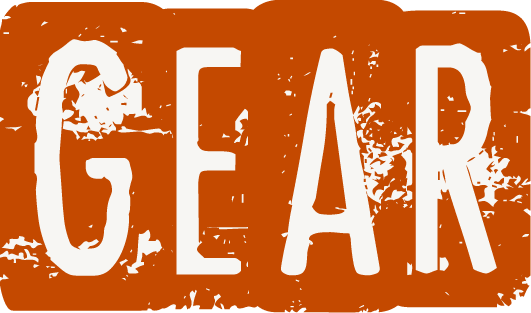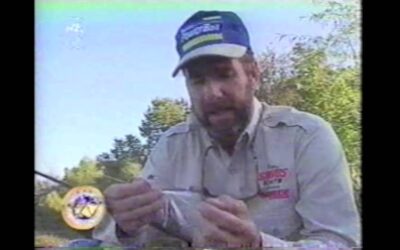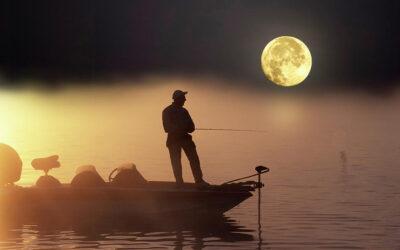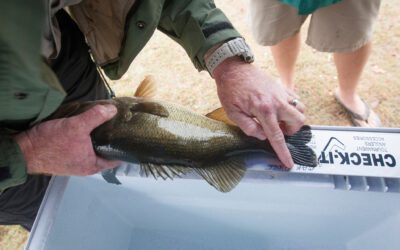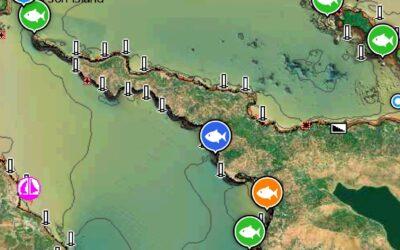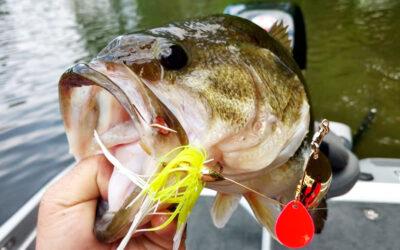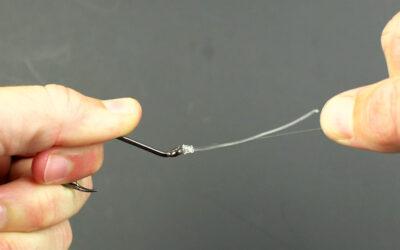BILL DANCE FISHING BLOOPERS Volume 2. Bill has almost endless out takes and thank god they were caught on tape. Sit back and enjoy this episode from 1995.
Catch and Release
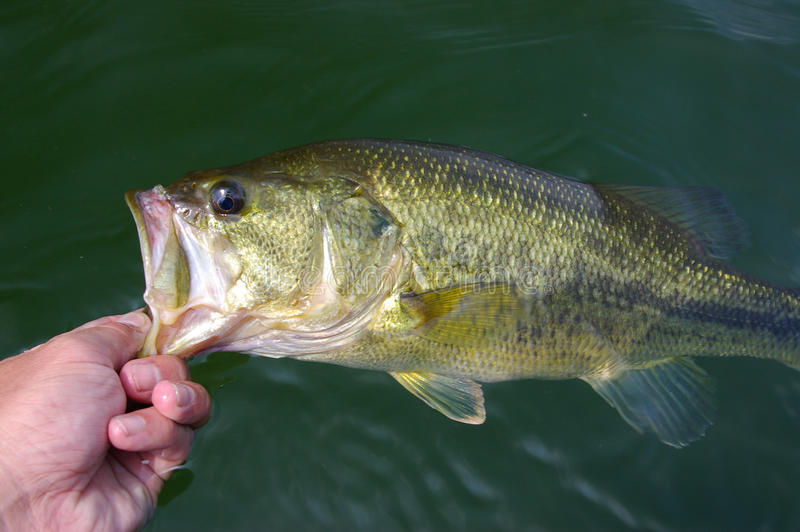
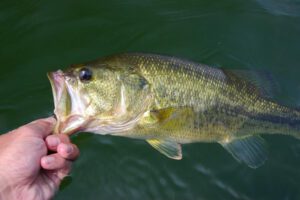
6 Tips for Catch and Release
Fishing for bass can be an exciting and rewarding experience, but it’s important to practice proper catch and release techniques to ensure the sustainability of the fishery. Here are some tips for safely releasing bass back into the water:
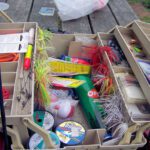
Use the Right Gear:
Before you start fishing, make sure you have the right gear to handle the fish you catch. This includes a net, pliers, and a dehooking tool. Using a net can help minimize the amount of handling required to remove the hook from the fish, while pliers and a dehooking tool can help you remove the hook quickly and efficiently.
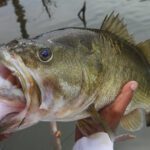
Minimize Handling:
When handling bass, it’s important to keep the fish in the water as much as possible to avoid stressing them out. Wet your hands before touching the fish, and handle them gently to avoid injuring them. If possible, remove the hook while the fish is still in the water to minimize handling time.
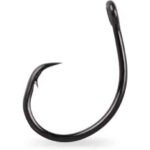
Use Circle Hooks:
Circle hooks are designed to hook fish in the corner of the mouth, which can make them easier to release. Unlike traditional J-hooks, which can hook fish deep in the throat or stomach, circle hooks are more likely to cause minimal damage to the fish.
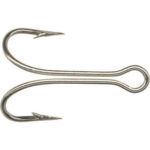
Avoid Using Treble Hooks:
Treble hooks are notorious for causing extensive damage to fish, so it’s best to avoid using them if possible. Instead, use single or double hooks, which are easier to remove and cause less damage to the fish.
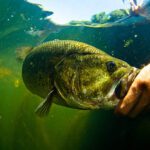
Revive the Fish:
After removing the hook, hold the fish gently in the water and move it back and forth to help revive it. If necessary, hold the fish with its mouth facing upstream to help oxygenate its gills. Once the fish starts to kick and swim away on its own, release it back into the water.
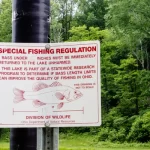
Follow Local Regulations:
It’s important to follow local fishing regulations regarding catch and release. Some areas may have specific rules regarding the use of barbless hooks or the handling of certain species of fish. Be sure to familiarize yourself with these regulations before you start fishing.
